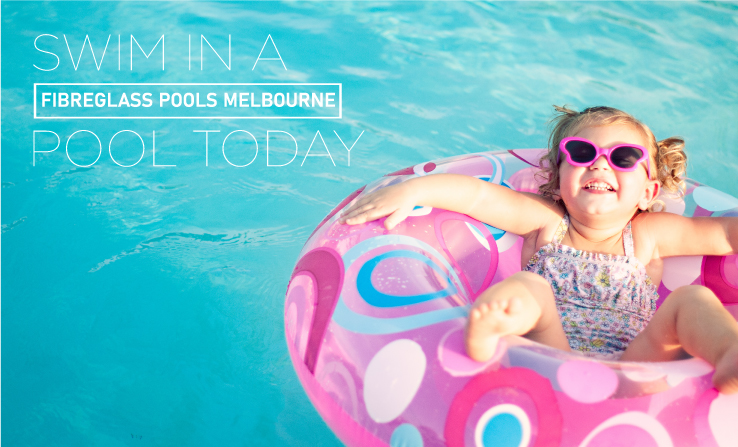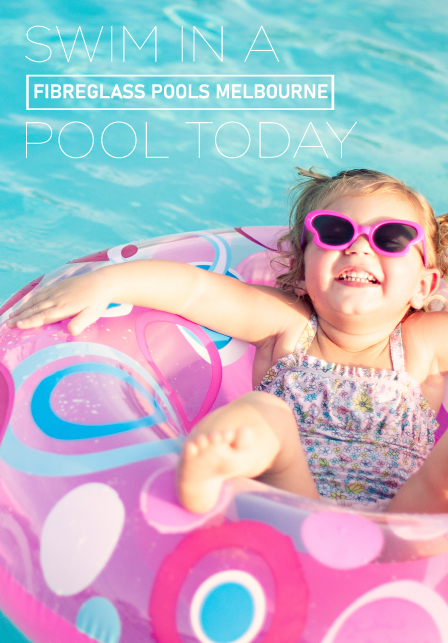How To Keep Your Pool And Poolside Safe
Swimming pools, while a source of enjoyment and relaxation, can also pose serious safety risks if not properly managed. It is essential to ensure your pool and its surroundings are safe to prevent accidents and keep everyone, especially children, protected. Here are some effective ways to maintain pool safety.

What Can You Do?
Install Pool Fences and Covers
Installing a pool fence is an excellent way to prevent accidental falls into the pool, especially for households with children or pets. Pool fences should be at least 1.2 metres high and have self-latching gates that children can’t easily open. Similarly, pool covers not only protect your pool from debris but also add an extra layer of safety when the pool is not in use.
Maintain Water Quality
Maintaining the water quality of your pool is equally important for health safety. Regularly test your pool water for pH levels, chlorine, and other chemicals to ensure it’s safe for swimming. High levels of certain chemicals can cause skin irritation and eye discomfort.
Use Anti-Slip Materials
Pool edges can become very slippery when wet, leading to accidental falls. Consider using anti-slip materials for the pool decking and around the pool area to reduce the risk of slips and falls.
Regular Equipment Checks
Regularly inspect pool equipment such as ladders, diving boards, and slides for any signs of wear and tear. Damaged equipment can lead to accidents and injuries, so ensure any faulty equipment is repaired or replaced promptly.
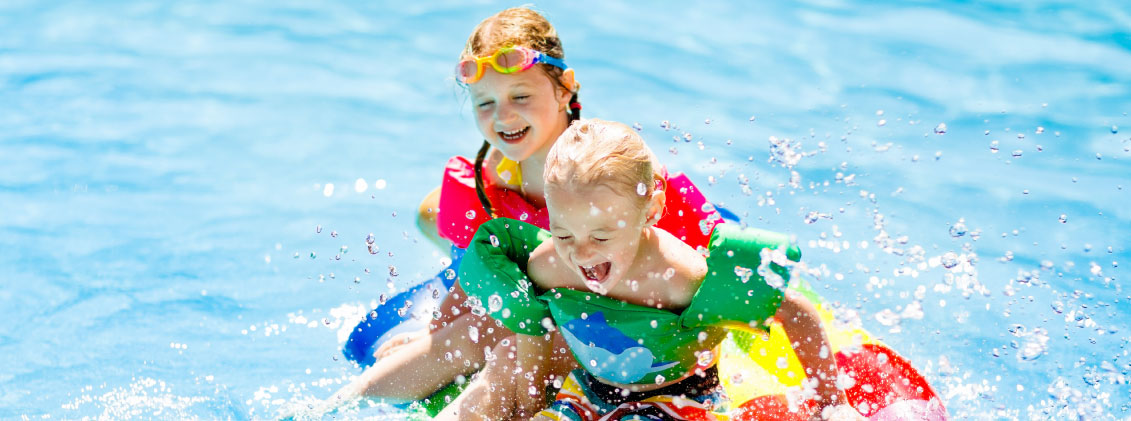
Provide Supervision
Never leave children unsupervised near the pool. Always ensure there’s a responsible adult present to supervise when children are swimming or playing near the pool area.
Learn CPR
It’s highly recommended that every adult member of the family learns cardiopulmonary resuscitation (CPR). In the event of a pool-related accident, knowing CPR can save lives.
Have Safety Equipment on Hand
Keep essential safety equipment such as life rings, pool floats, and a first aid kit near the pool area. This equipment can be lifesaving in case of an emergency.
By following these tips, you can ensure your pool and poolside area are safe for everyone to enjoy. Swimming pools are meant to provide fun and relaxation, and by prioritising safety, you can ensure it stays that way.
How To Promote Swimming Pool Safety
Promoting swimming pool safety starts with awareness and education. It’s essential to regularly remind everyone who uses the pool about the importance of safety and the rules that ensure it. Conducting regular pool safety drills can be effective in helping all family members understand what to do in an emergency.
Provide Swimming Lessons
Not everyone is a naturally talented swimmer, but with proper lessons, they can learn the necessary skills to stay safe in the water. Consider arranging swimming lessons for family members who are not confident swimmers. This will not only enhance their swimming skills but also educate them on how to react in a water-related emergency.
Regular Safety Inspections
Regular safety inspections of the pool area can help identify potential hazards before they become serious problems. Check for broken tiles, sharp edges, and other dangers that might not be immediately visible. Keeping a close eye on pool safety will help maintain a safe environment for everyone.
Encourage Safe Behaviour
Encourage everyone to behave safely around the pool. This could mean walking instead of running, keeping drinks away from the pool edge to prevent slip hazards, and using floatation devices if they are not strong swimmers. It’s essential to create a culture of safety around the pool to prevent accidents. By actively promoting these safety measures, you can ensure your swimming pool remains a safe, enjoyable space for everyone.
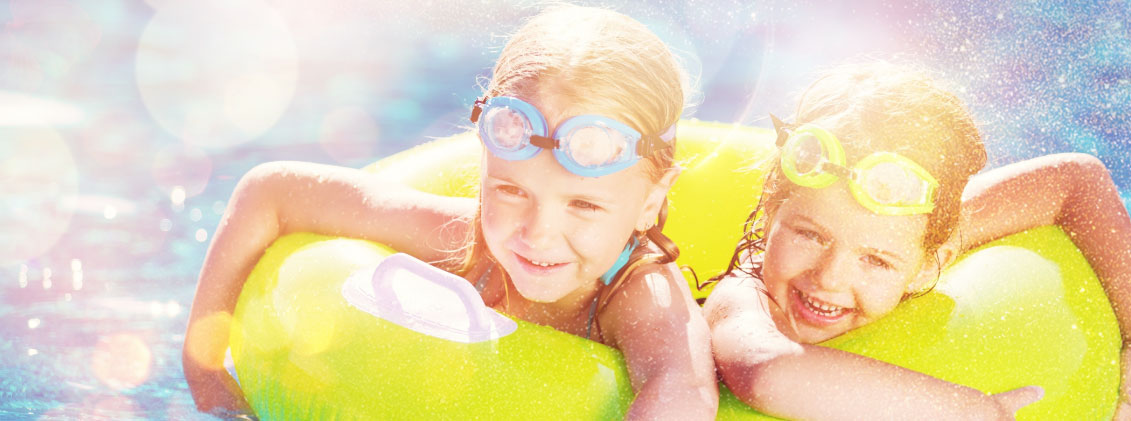
Tools To Keep The Poolside Safe
Keeping the poolside safe requires some essential tools designed to minimise risks and hazards. A pool alarm system is a crucial safety feature that can alert you to unauthorised or unsupervised access to your pool. These systems are designed to detect movement in the water and trigger a loud alarm, providing an additional layer of safety, particularly for families with young children or pets.
Safety Floats and Life Rings
Safety floats and life rings are indispensable tools in any swimming pool setting. These devices can provide critical support to swimmers who find themselves in difficulty, allowing them to stay afloat until help arrives.
Non-Slip Matting
Non-slip matting can be placed around the pool area to reduce the risk of slips and falls. These mats are designed to provide good traction and absorb water, making the poolside safer for everyone, especially wet swimmers.
Pool Rescue Hook
A pool rescue hook, also known as a shepherd’s hook, is a long pole with a hook on the end that can be used to pull someone to safety if they are in trouble in the water. It’s an essential tool that can be quickly and easily deployed in an emergency.
First Aid Kit
An accessible and well-stocked first aid kit is a must-have for any pool area. The kit should include items like bandages, antiseptic wipes, tweezers, and a CPR mask, among other things to deal with minor accidents or injuries.
By equipping your poolside with these essential safety tools, you can significantly enhance the safety measures already in place, ensuring that the pool remains a safe and enjoyable area for everyone.
Conclusion
Ensuring the safety of your swimming pool and its surrounding area is paramount. From installing safety barriers and maintaining water quality, to regular equipment checks and the availability of safety equipment, every aspect contributes to creating a secure and enjoyable environment. The promotion of safety awareness, providing swimming lessons, and regular safety checks can help prevent accidents, while essential safety tools like pool alarms, safety floats, life rings, non-slip matting, pool rescue hooks, and a well-stocked first aid kit can provide additional layers of protection. By implementing these measures, you can ensure that your swimming pool remains a source of fun, relaxation, and exercise, while keeping everyone who uses it safe.
How To Keep Your Pool And Poolside Safe
Swimming pools, while a source of enjoyment and relaxation, can also pose serious safety risks if not properly managed. It is essential to ensure your pool and its surroundings are safe to prevent accidents and keep everyone, especially children, protected. Here are some effective ways to maintain pool safety.
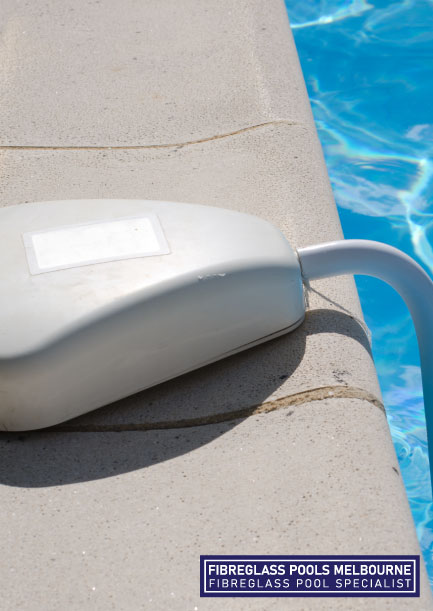
What Can You Do?
Install Pool Fences and Covers
Installing a pool fence is an excellent way to prevent accidental falls into the pool, especially for households with children or pets. Pool fences should be at least 1.2 metres high and have self-latching gates that children can’t easily open. Similarly, pool covers not only protect your pool from debris but also add an extra layer of safety when the pool is not in use.
Maintain Water Quality
Maintaining the water quality of your pool is equally important for health safety. Regularly test your pool water for pH levels, chlorine, and other chemicals to ensure it’s safe for swimming. High levels of certain chemicals can cause skin irritation and eye discomfort.
Use Anti-Slip Materials
Pool edges can become very slippery when wet, leading to accidental falls. Consider using anti-slip materials for the pool decking and around the pool area to reduce the risk of slips and falls.
Regular Equipment Checks
Regularly inspect pool equipment such as ladders, diving boards, and slides for any signs of wear and tear. Damaged equipment can lead to accidents and injuries, so ensure any faulty equipment is repaired or replaced promptly.
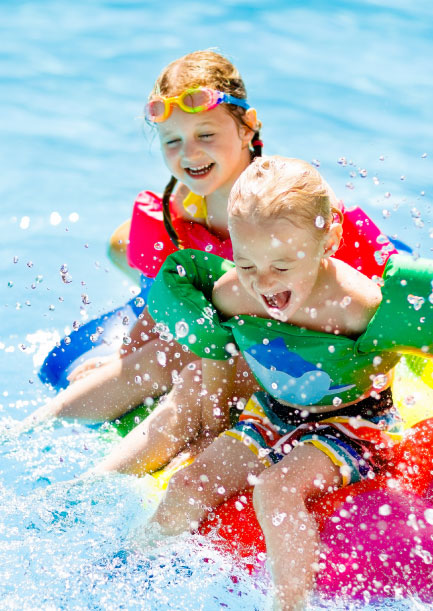
Provide Supervision
Never leave children unsupervised near the pool. Always ensure there’s a responsible adult present to supervise when children are swimming or playing near the pool area.
Learn CPR
It’s highly recommended that every adult member of the family learns cardiopulmonary resuscitation (CPR). In the event of a pool-related accident, knowing CPR can save lives.
Have Safety Equipment on Hand
Keep essential safety equipment such as life rings, pool floats, and a first aid kit near the pool area. This equipment can be lifesaving in case of an emergency.
By following these tips, you can ensure your pool and poolside area are safe for everyone to enjoy. Swimming pools are meant to provide fun and relaxation, and by prioritising safety, you can ensure it stays that way.
How To Promote Swimming Pool Safety
Promoting swimming pool safety starts with awareness and education. It’s essential to regularly remind everyone who uses the pool about the importance of safety and the rules that ensure it. Conducting regular pool safety drills can be effective in helping all family members understand what to do in an emergency.
Provide Swimming Lessons
Not everyone is a naturally talented swimmer, but with proper lessons, they can learn the necessary skills to stay safe in the water. Consider arranging swimming lessons for family members who are not confident swimmers. This will not only enhance their swimming skills but also educate them on how to react in a water-related emergency.
Regular Safety Inspections
Regular safety inspections of the pool area can help identify potential hazards before they become serious problems. Check for broken tiles, sharp edges, and other dangers that might not be immediately visible. Keeping a close eye on pool safety will help maintain a safe environment for everyone.
Encourage Safe Behaviour
Encourage everyone to behave safely around the pool. This could mean walking instead of running, keeping drinks away from the pool edge to prevent slip hazards, and using floatation devices if they are not strong swimmers. It’s essential to create a culture of safety around the pool to prevent accidents. By actively promoting these safety measures, you can ensure your swimming pool remains a safe, enjoyable space for everyone.

Tools To Keep The Poolside Safe
Keeping the poolside safe requires some essential tools designed to minimise risks and hazards. A pool alarm system is a crucial safety feature that can alert you to unauthorised or unsupervised access to your pool. These systems are designed to detect movement in the water and trigger a loud alarm, providing an additional layer of safety, particularly for families with young children or pets.
Safety Floats and Life Rings
Safety floats and life rings are indispensable tools in any swimming pool setting. These devices can provide critical support to swimmers who find themselves in difficulty, allowing them to stay afloat until help arrives.
Non-Slip Matting
Non-slip matting can be placed around the pool area to reduce the risk of slips and falls. These mats are designed to provide good traction and absorb water, making the poolside safer for everyone, especially wet swimmers.
Pool Rescue Hook
A pool rescue hook, also known as a shepherd’s hook, is a long pole with a hook on the end that can be used to pull someone to safety if they are in trouble in the water. It’s an essential tool that can be quickly and easily deployed in an emergency.
First Aid Kit
An accessible and well-stocked first aid kit is a must-have for any pool area. The kit should include items like bandages, antiseptic wipes, tweezers, and a CPR mask, among other things to deal with minor accidents or injuries.
By equipping your poolside with these essential safety tools, you can significantly enhance the safety measures already in place, ensuring that the pool remains a safe and enjoyable area for everyone.
Conclusion
Ensuring the safety of your swimming pool and its surrounding area is paramount. From installing safety barriers and maintaining water quality, to regular equipment checks and the availability of safety equipment, every aspect contributes to creating a secure and enjoyable environment. The promotion of safety awareness, providing swimming lessons, and regular safety checks can help prevent accidents, while essential safety tools like pool alarms, safety floats, life rings, non-slip matting, pool rescue hooks, and a well-stocked first aid kit can provide additional layers of protection. By implementing these measures, you can ensure that your swimming pool remains a source of fun, relaxation, and exercise, while keeping everyone who uses it safe.

